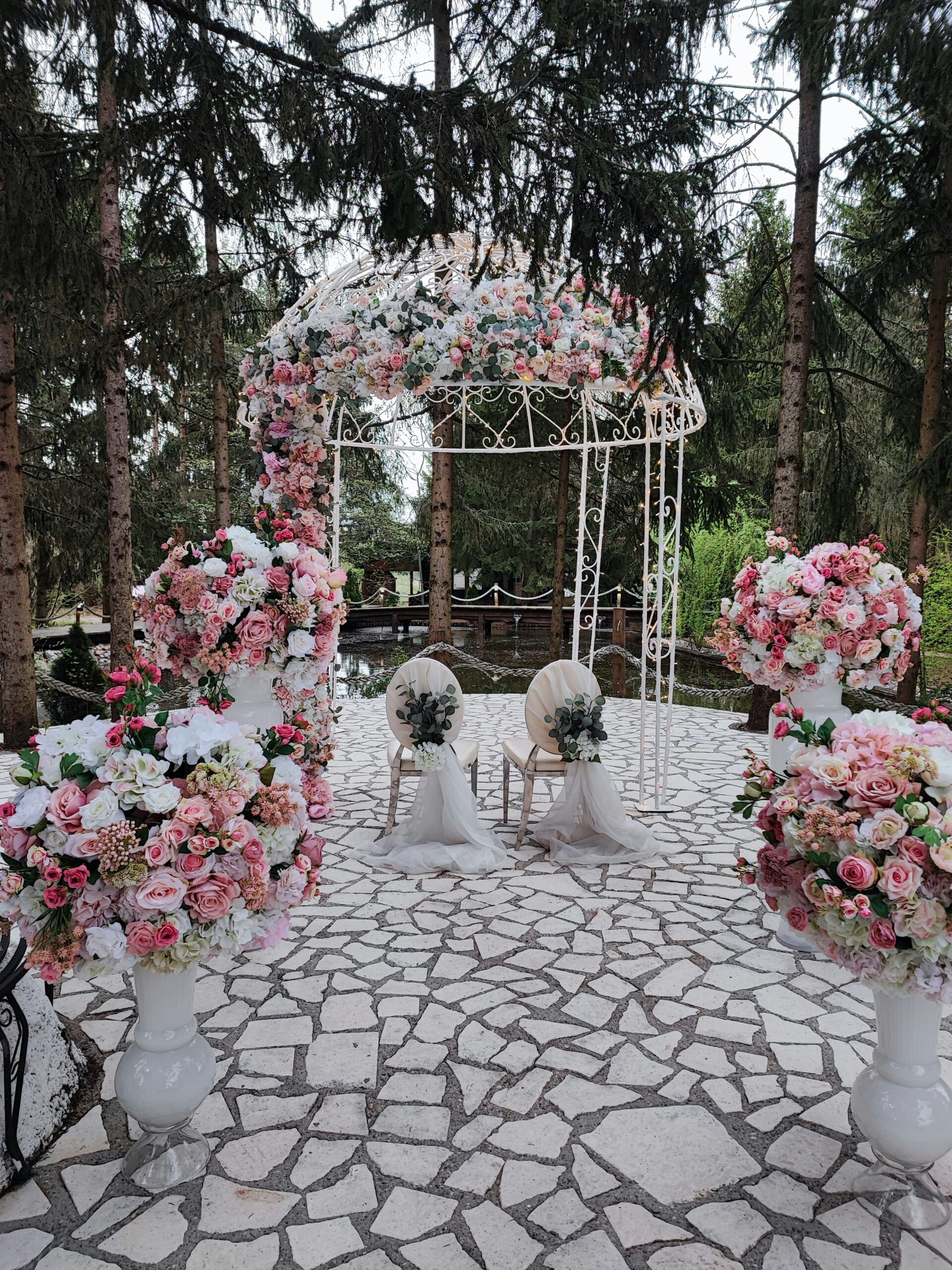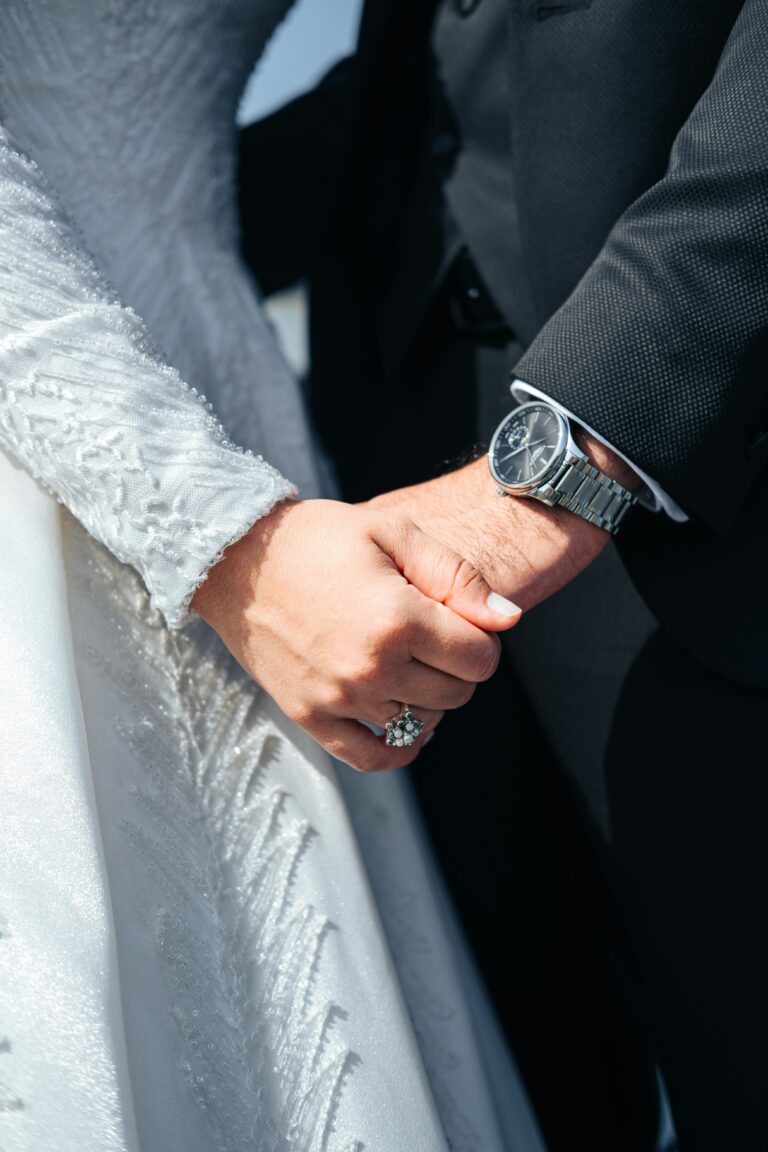The wedding industry will have you believe you need $30,000+ to have a decent wedding. That’s a lie designed to separate you from your savings, stress you out, and start your marriage in debt. Hard pass.
Here’s the truth: A beautiful, meaningful wedding has nothing to do with how much money you spend. I’ve attended $50,000 weddings that felt cold and impersonal, and $5,000 weddings that made everyone cry happy tears.
The difference? Intentionality, creativity, and focus on what actually matters. Your wedding day is about committing to your person in front of people you love. That’s it.
The centerpieces, the favors, the five-course meal, none of that makes your marriage stronger or your day more meaningful. Connection does. Presence does. Celebration with people who genuinely care about you does.
Budget weddings aren’t “less than”, they’re just smarter. They force you to prioritize, get creative, and focus on what genuinely matters instead of checking boxes on someone else’s wedding template. Plus, starting your marriage without massive debt? That’s actually romantic.
I’ve worked with countless couples who stressed themselves sick planning expensive weddings, then wished they’d done it differently. The couples who start with realistic budgets and work within them.
They enjoy the planning process more, feel less stressed on the actual day, and don’t regret financial decisions afterward.
Ready to plan a wedding that’s memorable for the right reasons? Let’s get practical.
17 Ideas To Help You Plan Your Dream Wedding On A Budget
These aren’t just cost-cutting tips, they’re strategic choices that create better weddings, period.
1. Opt For A Small, Intimate Guest List

Every person you invite costs money. Food, drinks, seating, favors, invitations, it all multiplies per guest. The fastest way to reduce wedding costs? Invite fewer people.
I know this feels harsh. You don’t want to hurt feelings or leave people out. But here’s what I tell every couple: your wedding isn’t a social obligation, it’s your day. You don’t owe anyone an invitation, and you definitely shouldn’t go into debt to feed people you barely know.
Small weddings are actually better in most ways. More intimate. More meaningful. You actually get to talk to your guests instead of speed-networking through 200 people.
The couples I work with who had small weddings consistently report enjoying their day more than those with massive guest lists.
Benefits of small guest lists:
- Dramatically reduces per-person costs (food, drinks, seating)
- Opens up venue options (backyards, small restaurants, unique spaces)
- Allows you to upgrade other elements (better food, better photography)
- Creates genuine intimacy and connection
- Reduces stress and logistics
Who actually needs to be there? People who know and love both of you. People whose presence adds to your joy, not your stress. That’s it. Everyone else can see photos later.
2. Choose An Off-Peak Wedding Season Or Day
Supply and demand applies to weddings. Everyone wants Saturday evenings in June. So guess what? Those dates cost the most.
Friday evening or Sunday afternoon weddings are significantly cheaper. Weekday weddings (yes, really) can save you thousands. Off-season weddings, November through March in most places, often come with major discounts.
One couple I know got married on a Thursday evening in January. Their venue cost half what Saturday would have been. Vendors gave discounts. They saved nearly $8,000 just on timing, then used that money for an amazing honeymoon.
Off-peak options:
- Weekday evenings (Friday or Sunday are easiest for guests)
- Winter months (January, February, November)
- Early afternoon or brunch weddings (cheaper than evening)
- Holiday weekends (three-day weekends make travel easier)
FYI, off-peak doesn’t mean your wedding is less special. It just means you’re smarter about timing than couples who automatically pick Saturday in June without considering alternatives.
3. Use A Backyard Or Park As Your Venue
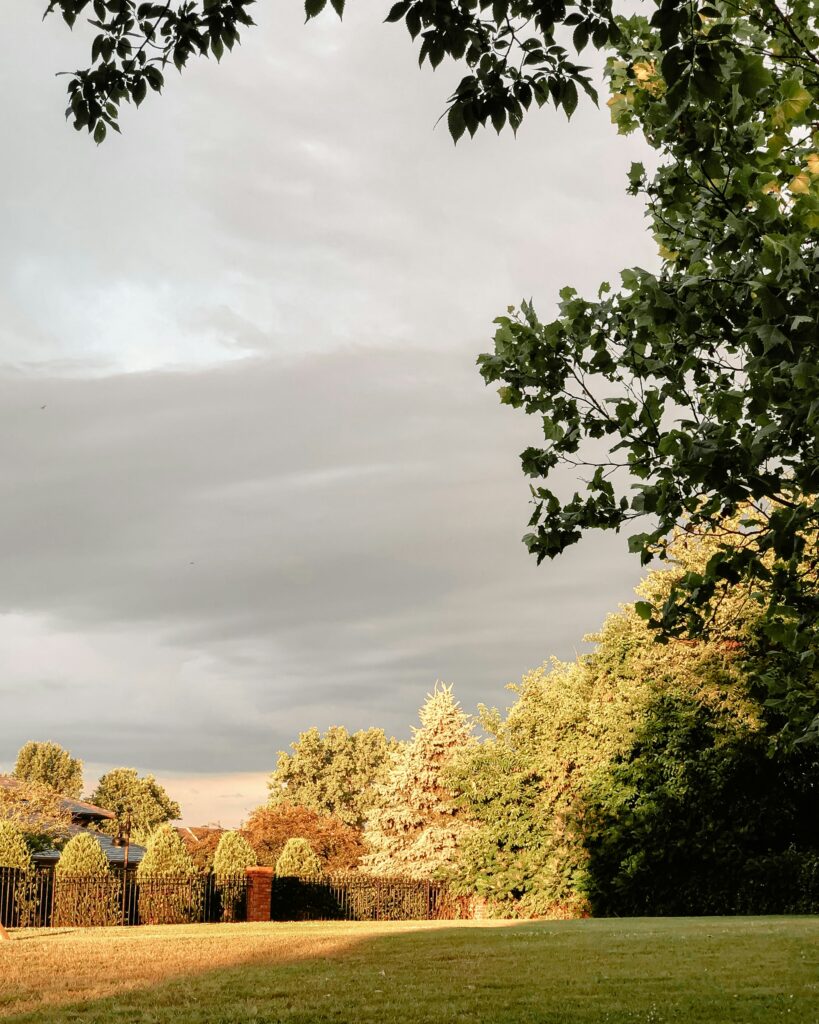
Venue costs eat up 30-40% of most wedding budgets. Find a free or cheap venue, and you’ve just freed up thousands of dollars for things that actually matter.
Backyards (yours, family members’, friends’) are perfect for small to medium weddings. Public parks usually charge $50-300 for permits, that’s it. Community centers, Grange halls, and church spaces are often free or very affordable.
Natural settings need less decoration because they’re already beautiful. String lights, some flowers, nice chairs, you’re done. No need to transform a sterile ballroom into something that doesn’t look like a hotel conference room.
Free or affordable venue options:
- Family member’s backyard or property
- Public parks (check permit requirements)
- Community centers or Grange halls
- Church fellowship halls (often free for members)
- Beach or lakeside public areas
- State park pavilions
Use The Knot venue search or WeddingWire to compare pricing, but don’t overlook unconventional spaces that cost way less.
4. DIY Your Wedding Invitations
Custom printed invitations are beautiful and completely unnecessary. Digital invitations work perfectly and cost basically nothing.
Use Paperless Post, Greenvelope, or Evite for gorgeous digital invitations. They track RSVPs automatically, you can update details easily, and they’re eco-friendly. Total cost? Usually free or under $50.
If you want physical invitations, DIY them using templates from Canva or Etsy. Print at home or through affordable print shops. You’ll spend $50-150 instead of $500-1000.
Digital invitation benefits:
- Practically free (versus $500+ for printed)
- Instantly delivered (no postal delays)
- Easy to update if details change
- Automatic RSVP tracking
- Environmentally friendly
Some people will clutch pearls about digital invitations being “tacky.” Those people can get over it. Your budget matters more than outdated etiquette rules.
5. Rent Or Borrow Wedding Attire
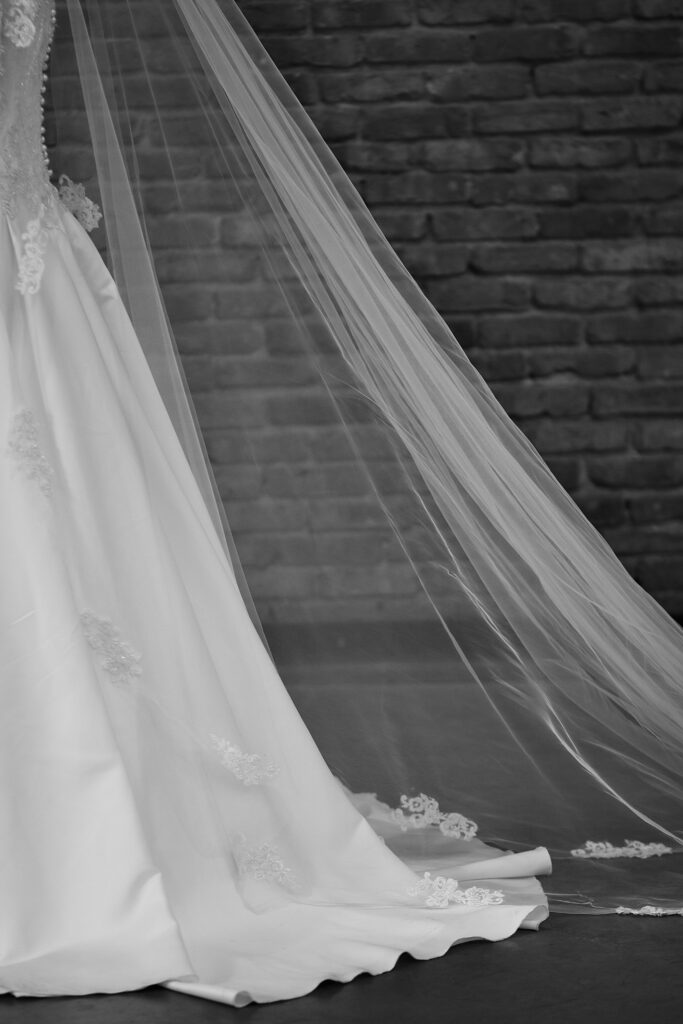
Wedding dresses worn once for four hours cost $2,000 on average. That’s absurd. Rent it, borrow it, or buy secondhand for a fraction of the price.
Rent the Runway, Borrowing Magnolia, and other rental services offer designer dresses for $100-500. Tuxedo rentals are standard and affordable. Nobody knows you’re renting, and honestly, nobody cares.
Buy secondhand from Stillwhite, Nearly Newlywed, or PreOwnedWeddingDresses.com. Find $3,000 dresses for $500-800. They’re professionally cleaned and look brand new.
Attire budget options:
- Rent designer dresses ($100-500 vs. $2,000+)
- Buy secondhand wedding dresses (save 60-80%)
- Borrow from friends or family
- Choose non-traditional affordable dresses (white cocktail dresses work great)
- Rent tuxedos instead of buying
Your dress doesn’t define your wedding. Wear something beautiful that doesn’t require a payment plan.
6. Create Your Own Centerpieces And Decorations
Wedding decorations exist to be photographed and thrown away. Spending thousands on this seems… questionable.
DIY centerpieces save massive amounts while looking just as good. Thrift stores have vases, jars, and candleholders for pennies. Dollar stores sell bulk candles. Grocery store flowers arranged in mason jars? Adorable and cheap.
Get your bridesmaids together for a crafting day. Make it fun with wine and snacks. You’ll create beautiful decorations, bond with friends, and save hundreds or thousands.
Easy DIY decoration ideas:
- Mason jars with grocery store flowers ($3-5 per centerpiece vs. $75 from florists)
- Candles in various heights grouped together
- Vintage books stacked as risers
- Thrift store vases spray-painted to match
- Greenery from your yard with minimal flowers
- String lights everywhere (instant ambiance)
Check Pinterest for endless DIY wedding decoration ideas. Use The Budget Savvy Bride for specific tutorials and cost breakdowns.
7. Use Seasonal Or Faux Flowers
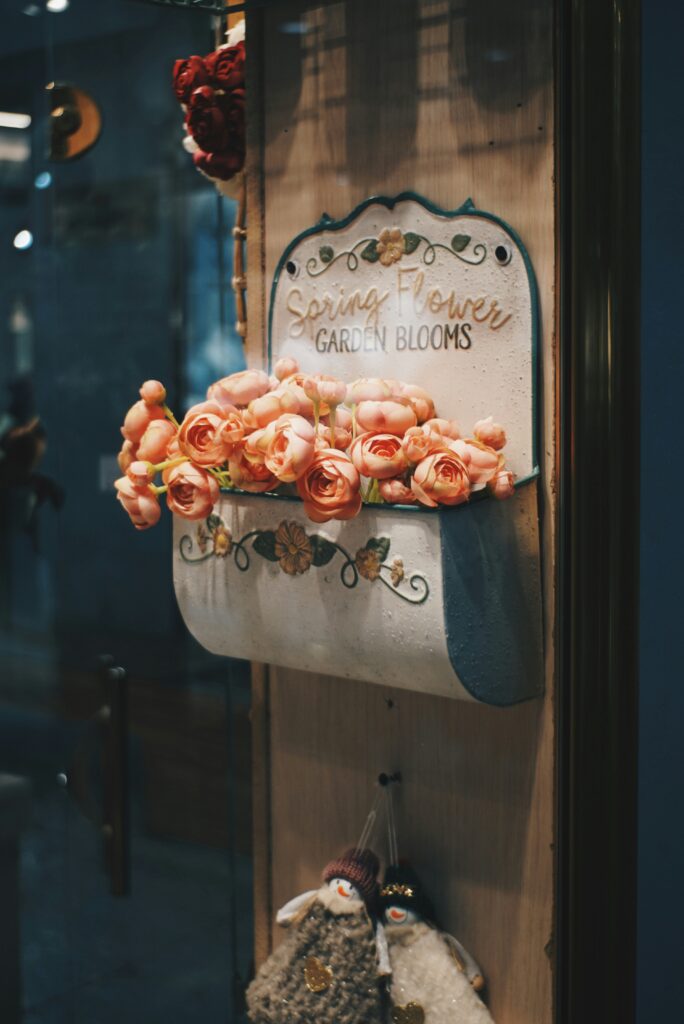
Out-of-season flowers cost a fortune because they’re imported. Seasonal flowers are cheaper, fresher, and actually look better because they’re supposed to bloom then.
Spring weddings? Use tulips, daffodils, or cherry blossoms. Summer? Sunflowers, daisies, or wildflowers. Fall? Dahlias, mums, or fall foliage. Winter? Evergreens, amaryllis, or winter berries.
High-quality fake flowers have gotten SO good that most people can’t tell the difference in photos. You can reuse them (give to family, keep forever), and they’re significantly cheaper than fresh.
Flower budget strategies:
- Buy seasonal blooms from grocery stores ($20-40 per arrangement vs. $200+)
- Use lots of greenery with minimal flowers
- Buy wholesale flowers from Costco or Sam’s Club
- Mix real and fake flowers
- Order from Fifty Flowers (wholesale DIY flowers)
Pro tip: Greenery-heavy arrangements look incredibly elegant and cost way less than flower-heavy ones.
8. Host A Potluck-Style Reception Or Buffet
Catering costs $50-150 per person easily. For 100 guests, that’s $5,000-15,000. For food. That everyone eats in 30 minutes.
Potluck receptions work beautifully for casual weddings. Each family brings a dish. You provide the main protein. It’s communal, personal, and way cheaper. Plus, Aunt Carol’s lasagna is probably better than generic catering anyway.
Buffets cost significantly less than plated meals because they require less staff. BBQ buffets, taco bars, pasta stations, all affordable and crowd-pleasing. No one misses the five-course seated dinner except wedding industry people trying to sell you one.
Budget-friendly food options:
- Potluck with guests contributing dishes
- BBQ buffet (pulled pork, sides, very affordable)
- Taco bar (interactive and cheap)
- Pizza reception (seriously, it works)
- Brunch wedding (brunch food costs less than dinner)
- Dessert-only reception (cake and treats, no meal)
Use Food for Less or restaurant catering instead of wedding caterers. Remove “wedding” from your inquiry and prices drop magically.
9. Hire A Friend Or Amateur Photographer
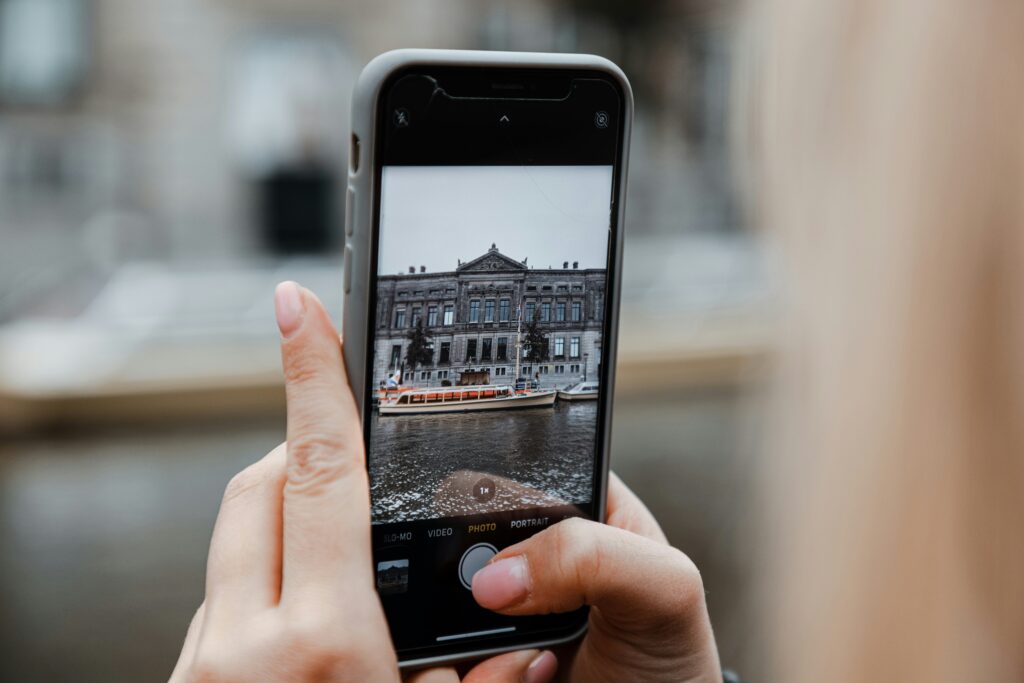
Professional wedding photographers cost $2,000-5,000+. Talented amateurs charge $500-1,000 and produce beautiful work.
Find photography students, emerging photographers building portfolios, or talented friends who want experience. Check their portfolio obviously, but don’t assume expensive equals better. Many expensive photographers are just overpriced.
Give guests disposable cameras or create a shared photo album using Google Photos or wedding apps. You’ll get candid shots professionals miss because they’re busy staging formal portraits.
Photography budget options:
- Hire emerging photographers ($500-1,500)
- Use talented friends willing to shoot
- Limit photography to ceremony and formals only (skip reception coverage)
- Give guests disposable cameras for candids
- Use Thumbtack to compare local photographer pricing
Your photos should capture real moments, not just staged perfection. Sometimes amateur photographers deliver this better than pros who follow the same shot list for every wedding 🙂
10. Play A Curated Playlist Instead Of Hiring A DJ
DJs cost $800-2,000 for basically running a Spotify playlist and making announcements. You can do that yourself for free.
Create playlists on Spotify or Apple Music. Ceremony music. Cocktail hour. Dinner. Dancing. Make them thoughtful and personal. Assign a reliable friend to manage transitions and announcements.
Rent decent speakers from a music store for $50-150. Sound quality matters, but you don’t need $2,000 DJ equipment. Test your setup beforehand to avoid issues.
Playlist tips:
- Create separate playlists for each wedding section
- Include must-play and do-not-play lists
- Put your first dance, father-daughter, mother-son songs first in their playlists
- Appoint a tech-savvy friend as unofficial DJ
- Have backup playlists in case you run through songs
IMO, self-curated playlists are more personal than DJ selections anyway. Every song means something to you instead of generic wedding music everyone’s heard a million times.
11. Serve A Single-Tier Cake With Additional Sheet Cakes
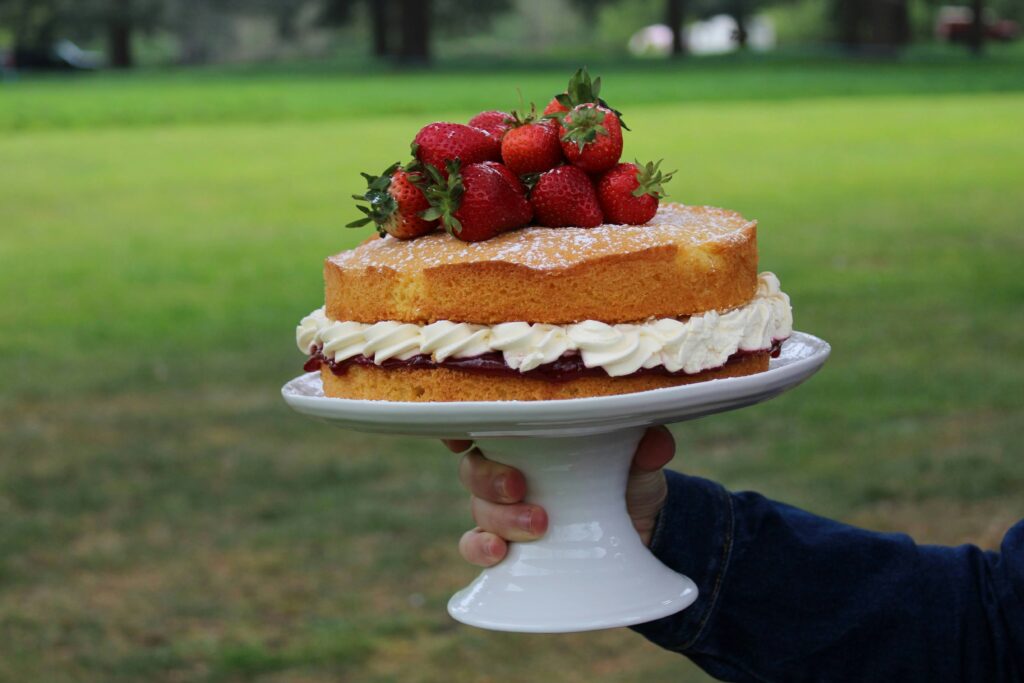
Wedding cakes cost $3-10 per slice. For 100 guests, that’s $300-1,000. For cake.
Order a small, beautiful single-tier display cake for photos and cutting ceremony. Then serve guests from sheet cakes prepared in the back. Same cake, same flavor, fraction of the price. Bakeries do this all the time.
Alternatively, skip traditional wedding cake entirely. Cupcakes, donuts, pie bar, ice cream sundae station, all cheaper and more fun than expensive tiered cakes nobody remembers anyway.
Cake budget alternatives:
- Small display cake + sheet cakes ($150-300 vs. $500-1,000)
- Cupcakes from local bakery (way cheaper)
- Grocery store cakes (Costco wedding cakes are legitimately good)
- Donut wall or dessert bar
- Multiple smaller cakes (family recipes, meaningful flavors)
Order from Costco, Sam’s Club, or local grocery bakeries. Their cakes taste great and cost a fraction of specialized wedding cake prices.
12. Repurpose Ceremony Décor For The Reception
Use the same decorations twice. Revolutionary, I know.
If your ceremony and reception are in the same location or nearby, move your ceremony arrangements to the reception space. Altar flowers become head table flowers. Aisle decorations become entrance décor. Saves money and creates cohesive design.
Assign friends or family to handle moving decorations during cocktail hour. Give clear instructions and staging photos. Most people are happy to help with simple tasks like this.
Easy décor to repurpose:
- Ceremony altar flowers (move to head table or entrance)
- Aisle decorations (spread around reception space)
- Ceremony arch or backdrop (photo booth backdrop)
- Candles and lighting (works everywhere)
- Signage and welcome displays
This requires minimal extra planning but cuts your decoration budget nearly in half.
13. Skip Party Favors Or Make Simple DIY Ones
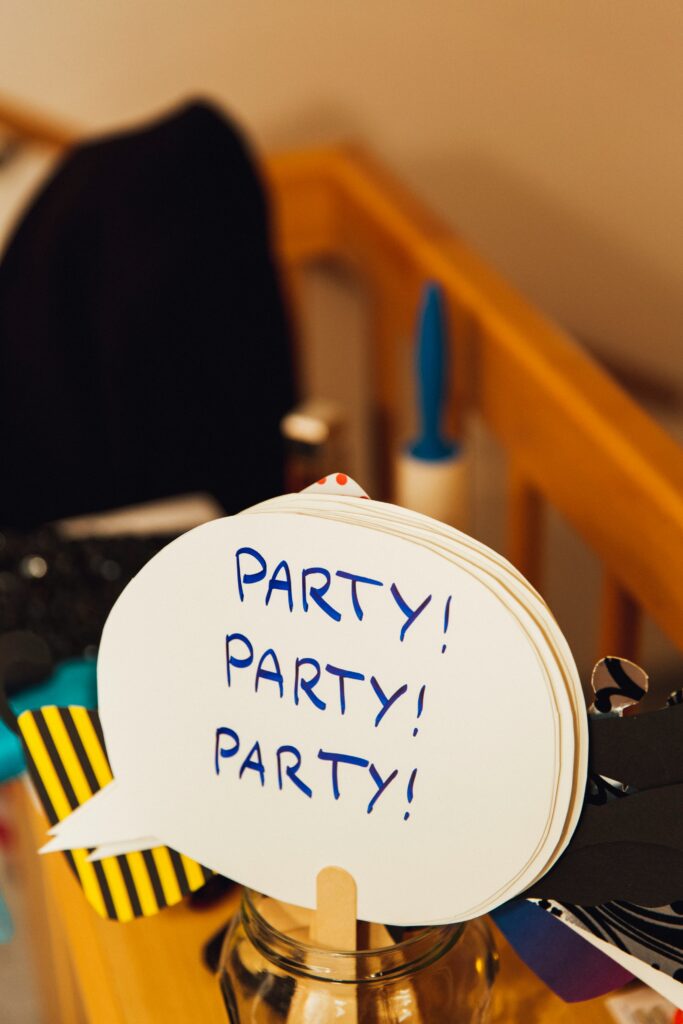
Wedding favors end up in trash or forgotten at tables. Save yourself the money and effort unless favors genuinely matter to you.
If you want favors, make them useful or edible. Homemade cookies, small plants, local honey, coffee beans, things people will actually use or consume. Skip personalized junk that’ll sit in drawers before eventually getting tossed.
Actually useful favor ideas:
- Homemade cookies or treats in simple bags
- Small potted succulents ($1-2 each from nurseries)
- Local honey jars or jam
- Coffee beans in small bags
- Seed packets for gardens
- Charitable donations in guests’ names (skip physical favors entirely)
Honestly? Most guests don’t care about favors. The ones who do will appreciate thoughtful, useful items over engraved trinkets any day.
14. Shop For Wedding Supplies During Sales Or Clearance
Patience saves serious money. Buy decorations, supplies, and even dresses during post-holiday sales, clearance events, and Black Friday.
Thrift stores, estate sales, and Facebook Marketplace have endless wedding supplies from couples who just want rid of this stuff. You’ll find vases, candle holders, table linens, decorations, all for pennies on the dollar.
Buy off-season. Wedding dress shopping in January? Deals everywhere. Décor shopping in November? Clearance city. Plan ahead and shop strategically.
Where to find deals:
- Facebook Marketplace (used wedding décor)
- Thrift stores (vases, candle holders, frames)
- Post-wedding sales from other couples
- Black Friday/Cyber Monday deals
- Craigslist wedding sections
- Estate sales (vintage wedding items)
Search “wedding lot” or “wedding décor” on marketplace sites. You’ll find couples selling everything from their wedding for a fraction of what they paid.
15. Choose Digital RSVPs Over Printed Ones
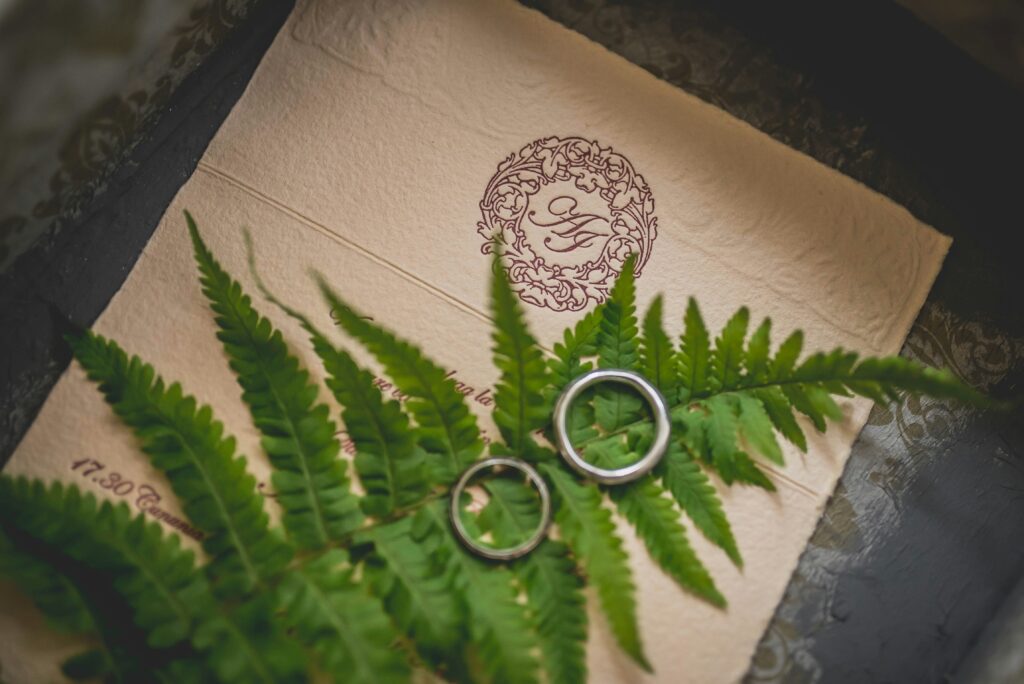
Printed RSVP cards cost money to print, mail, and collect. Digital RSVPs are free, instant, and easier to track.
Use wedding websites through The Knot, Zola, or Minted. Include RSVP functionality. Guests click, respond, done. You get automatic headcount tracking without sorting physical cards.
Google Forms works perfectly if you want something completely free. Create a simple form, share the link, collect responses automatically.
Digital RSVP benefits:
- Completely free (vs. $100-300 for printed cards and postage)
- Instant responses (no mail delays)
- Automatic tracking and organization
- Easy to send reminders to non-responders
- Eco-friendly
The only people who complain about digital RSVPs are people not paying for your wedding. Their opinions are irrelevant.
16. Limit Alcohol By Offering A Signature Drink Or BYOB
Open bars cost a fortune. Beer, wine, and one signature cocktail cover 95% of guests’ preferences for way less money.
Calculate how much alcohol you actually need (usually less than you think). Buy from Costco or Total Wine where you can return unopened bottles. Serve during cocktail hour and dinner only, no all-night open bar.
BYOB works for casual weddings. Provide mixers, ice, and cups. Guests bring their preferred drinks. It’s communal and significantly cheaper than you buying alcohol for 100+ people.
Affordable alcohol strategies:
- Beer and wine only (skip liquor)
- One signature cocktail (pre-batched for easy serving)
- Limited hours (cocktail hour + dinner, not all night)
- BYOB with you providing mixers
- Champagne toast only (one bottle serves 6-8 people)
Pro tip: Buy from stores with return policies. Costco and Total Wine let you return unopened bottles after the wedding.
17. Use A Friend Or Family Member As The Officiant

Professional officiants charge $300-600 to read a script for 15 minutes. Your friend can get ordained online for free and do it better because they actually know you.
Universal Life Church, American Marriage Ministries, and other organizations offer free online ordination that’s legal in most states. Check local requirements, file necessary paperwork, done.
Having someone you love officiate makes ceremonies more personal and meaningful. They can tell your story, include inside jokes, and create moments generic officiants can’t because they met you 20 minutes before the ceremony.
Friend officiant benefits:
- Free (vs. $300-600 for professionals)
- Personal ceremony tailored to your relationship
- Someone who actually knows and loves you both
- Meaningful involvement of close friend or family
- Authentic emotions and delivery
Just make sure your chosen officiant is comfortable public speaking and takes the responsibility seriously. Give them your ceremony vision and trust them to deliver.
Final Thoughts
Budget weddings require creativity, prioritization, and willingness to question “that’s how weddings are supposed to be” nonsense. They force you to focus on what actually matters: committing to each other surrounded by people who genuinely care about your relationship.
Your wedding day lasts a few hours. Your marriage lasts decades. Invest in the latter, not just the former. Start your marriage with financial peace, not debt stress. Create a beautiful day that reflects your values, not someone else’s wedding template.
Now go plan a wedding you’ll actually enjoy without bankrupting yourselves in the process.

Pin this for later!
